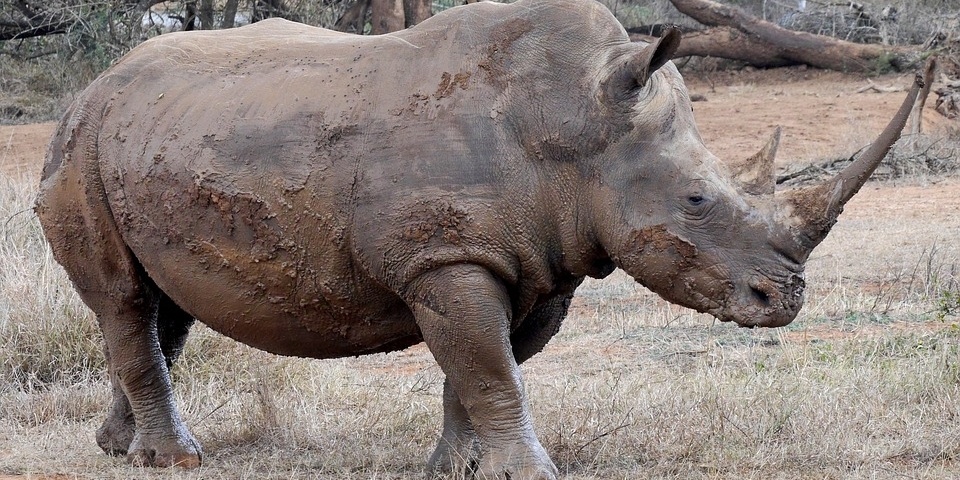A Brighter Future, Carried on The Backs: Solar Backpacks in Tanzania!
In the quiet villages of rural Tanzania, the setting sun doesn’t just signal the end of the day, it marks the beginning of a quiet struggle. As darkness falls, children eager to learn face a heartbreaking dilemma of how to keep their dreams alive without the light they so desperately need. With no electricity in their homes, they turn to kerosene lamps, whose flickering flames offer little more than shadows. The cost of oil is high, and the risk of burns and harmful smoke is ever-present. Yet, despite these challenges, the children’s hunger for knowledge burns brighter than ever. They are determined to read, to learn, to rise above the darkness. Lighting the Way for Tanzania’s Future!Then, a tiny spark of change began to glow in the most unexpected way, in the form of a backpack. With a solar panel sewn right onto the fabric, this humble bag began to absorb the sun’s warmth as children walked to school. By the time they reached home, their backpacks held something far more precious than books, they held the promise of light. With just one day of sunshine, these backpacks could provide 6 to 8 hours of steady, bright light, allowing children to continue their studies long after the sun has set. It wasn’t just a tool for learning; it was the gift of possibility. Crafted from repurposed cement bags, these backpacks are a symbol of creativity, sustainability, and resilience. They are durable, lightweight, and most importantly, affordable. At only $4 to $8, the price of one solar backpack is the same as what a family would spend on kerosene fuel for just a few weeks. This small investment has the power to change everything. No longer will children have to wait for the sun to rise before they can dive back into their studies. Instead, with each solar-powered backpack, they are stepping into a new chapter of their lives, one where the light of knowledge shines brightly and constantly.Backpack of Home: Tanzania’s Path to Brighter Tomorrows!This isn’t just about providing light for reading; it’s about lighting up lives for entire communities. More than 200 charitable organizations have embraced this simple yet powerful solution, helping to bring solar-powered backpacks to children across Tanzania. What began as a small spark has now ignited a movement bringing light to even the most remote corners of the world. Every backpack represents a promise, that no matter how dark the world may seem, there’s always a way forward. As children walk home, their backpacks glowing softly in the evening light, they’re not just carrying a tool for studying. They’re carrying the future, bright and full of hope, powered by the sun and their own unstoppable spirit. In their hands, the world is suddenly full of endless possibilities.

